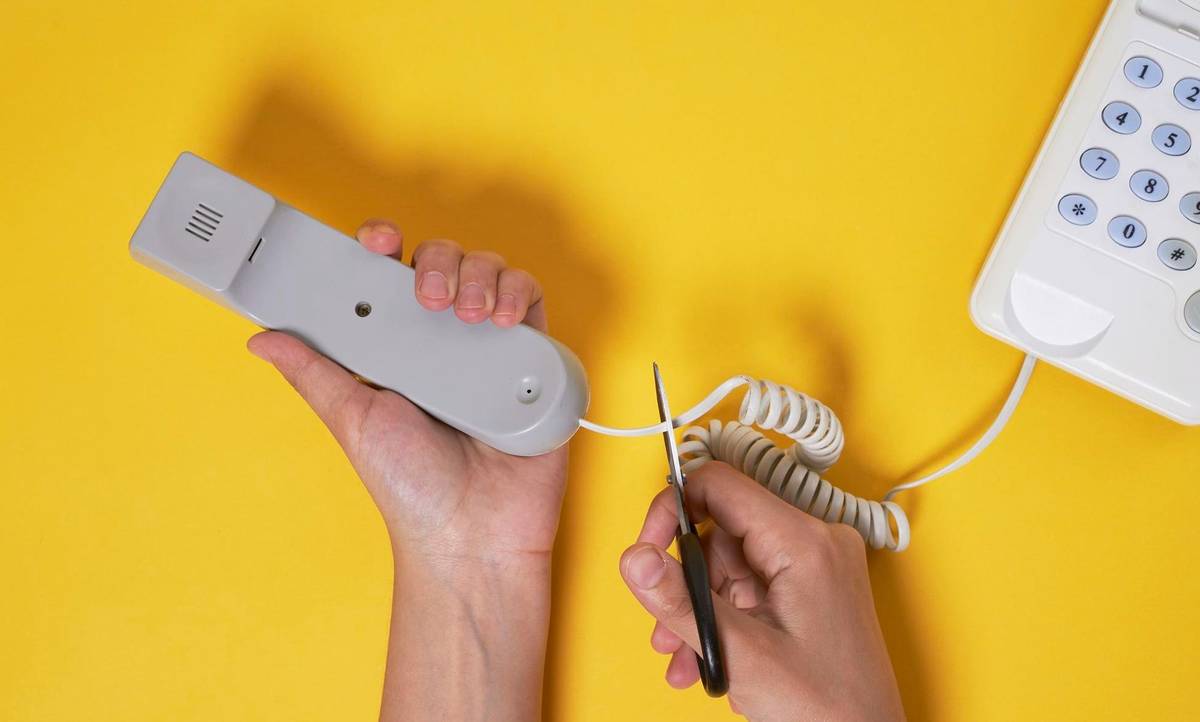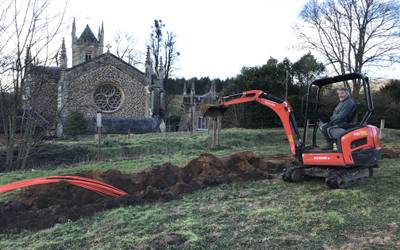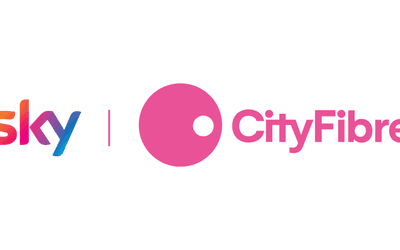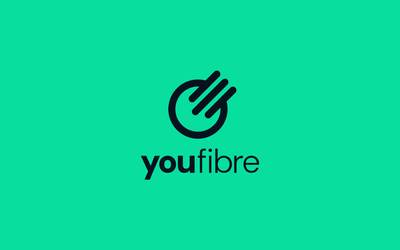This marks the biggest shake-up to the UK’s phone network in a generation. If you have a home phone or landline that works through a copper phone line, you’ll need to switch to a digital service to continue making and receiving calls. The switch-off will also affect other services that rely on copper lines, such as fax machines, security alarms, and even some healthcare alert systems.
We look at why this is happening, how it will affect you and what steps are needed to prepare for the transition.
Why is the copper phone line switch-off happening?
The copper-based PSTN has been the backbone of the UK’s phone network for over a century – some of the lines still in use were first installed in 1876! – but it’s now outdated and costly to maintain. Technology has moved on, and many phone calls today are already made using internet-based services like WhatsApp, FaceTime, and Zoom.
The switch to a digital network will allow for:
- Faster and more reliable connections
- Enhanced call quality
- Improved security and flexibility
- Lower maintenance costs for network providers
By moving to a fully digital network, the UK will be better equipped to handle future technological developments and provide a more modern, efficient communication system.
When is the switch-off happening?
The complete switch-off of the PSTN is scheduled for January 2027.
- Openreach (which manages the UK’s phone network infrastructure) is already in the process of upgrading exchanges and rolling out fibre broadband to replace copper lines.
- From September 2023, Openreach stopped selling new copper-based phone services in most areas, meaning that new phone lines are now provided through digital connections.
This phased transition means that by the time January 2027 arrives, most households and businesses will already have been switched over to digital services.
What does this mean for you?
If you currently have a landline or use a service that depends on a copper phone line, you’ll need to switch to a digital service before the switch-off date. Here's how it could affect you:
- Home phone calls – Your traditional landline phone will no longer work unless it’s connected to a digital service.
- Broadband – If you’re on an older ADSL or FTTC (fibre to the cabinet) connection, you may need to upgrade to a full fibre (FTTP) connection.
- Emergency systems – Healthcare alarms, security systems, and lift emergency lines connected to phone lines will need to be upgraded or replaced.
- Business services – If you run a business, any payment terminals, fax machines, or customer phone lines connected via copper will need to be upgraded.
What is digital voice and how does it work?
Digital Voice is BT’s new phone service that works over the internet rather than through copper wires.
- Instead of plugging your phone into a wall socket, you’ll plug it into your broadband router or a dedicated adapter.
- Calls are made over your internet connection using Voice over IP (VoIP) technology — the same type of technology used by services like Skype and Zoom.
- You’ll be able to make and receive calls just as you would with a traditional landline, but with clearer sound quality and extra features like call blocking and voicemail.
What will happen when you’re moved to digital voice?
BT and other telecom providers will contact you when it’s time to switch.
- You’ll receive a new digital voice adapter or router if needed.
- You’ll be guided through how to connect your phone to the new service.
- The transition should be seamless, and you won’t experience any loss of service.
- If you have special services like a healthcare alarm or security system, your provider will work with you to ensure these continue to function.
Will my existing phone still work?
In most cases, yes – your existing phone should work with Digital Voice as long as it’s compatible with VoIP technology.
- If your phone is an older model, you may need to upgrade to a newer handset.
- BT and other providers will offer guidance on compatibility and provide any necessary adapters.
Can I keep my phone number?
Yes – in almost all cases, you’ll be able to keep your existing landline number when you switch to Digital Voice.
- If you’re changing providers at the same time, make sure to confirm that your number will be ported over.
- There may be some local exceptions, but your provider will let you know in advance.
What should you do next?
- Check your current phone and broadband setup – If you’re on an older copper-based service, contact your provider to discuss upgrading to a digital service.
- Ensure your internet connection is strong enough – Digital Voice requires a stable internet connection, so you may need to upgrade to a fast fibre broadband if you just have ADSL .
- Test your devices – Make sure your existing phones, alarm systems, and other connected services are compatible with VoIP.
- Look out for communications from your provider – BT and other providers should be in touch when it’s time for you to switch.
Goodbye traditional landline phones. Hello better service
The switch to Digital Voice marks the end of an era for traditional landline phones — but it also brings the UK’s communication network into the modern age. The good news is that most households will find the transition straightforward, and many will benefit from clearer calls and better service.
If you’re unsure about what to do next, contact your provider or visit your broadband provider's website for more information.



